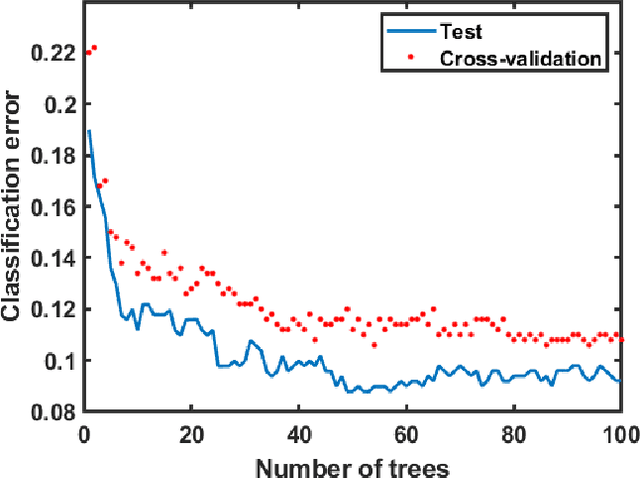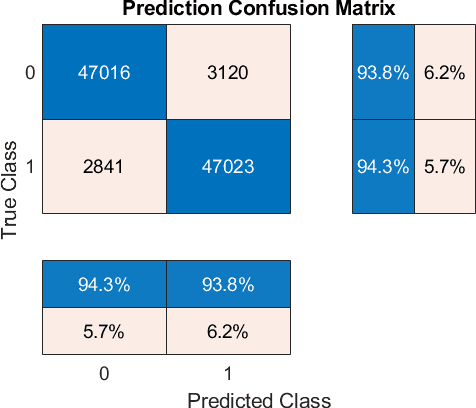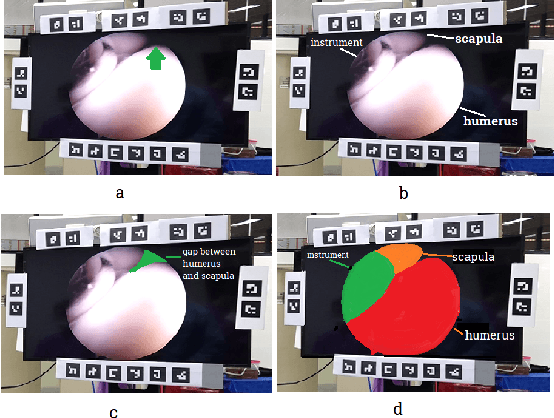Benedikt Hosp
Latent gaze information in highly dynamic decision-tasks
Feb 08, 2022



Abstract:Digitization is penetrating more and more areas of life. Tasks are increasingly being completed digitally, and are therefore not only fulfilled faster, more efficiently but also more purposefully and successfully. The rapid developments in the field of artificial intelligence in recent years have played a major role in this, as they brought up many helpful approaches to build on. At the same time, the eyes, their movements, and the meaning of these movements are being progressively researched. The combination of these developments has led to exciting approaches. In this dissertation, I present some of these approaches which I worked on during my Ph.D. First, I provide insight into the development of models that use artificial intelligence to connect eye movements with visual expertise. This is demonstrated for two domains or rather groups of people: athletes in decision-making actions and surgeons in arthroscopic procedures. The resulting models can be considered as digital diagnostic models for automatic expertise recognition. Furthermore, I show approaches that investigate the transferability of eye movement patterns to different expertise domains and subsequently, important aspects of techniques for generalization. Finally, I address the temporal detection of confusion based on eye movement data. The results suggest the use of the resulting model as a clock signal for possible digital assistance options in the training of young professionals. An interesting aspect of my research is that I was able to draw on very valuable data from DFB youth elite athletes as well as on long-standing experts in arthroscopy. In particular, the work with the DFB data attracted the interest of radio and print media, namely DeutschlandFunk Nova and SWR DasDing. All resulting articles presented here have been published in internationally renowned journals or at conferences.
States of confusion: Eye and Head tracking reveal surgeons' confusion during arthroscopic surgery
Jun 11, 2021


Abstract:During arthroscopic surgeries, surgeons are faced with challenges like cognitive re-projection of the 2D screen output into the 3D operating site or navigation through highly similar tissue. Training of these cognitive processes takes much time and effort for young surgeons, but is necessary and crucial for their education. In this study we want to show how to recognize states of confusion of young surgeons during an arthroscopic surgery, by looking at their eye and head movements and feeding them to a machine learning model. With an accuracy of over 94\% and detection speed of 0.039 seconds, our model is a step towards online diagnostic and training systems for the perceptual-cognitive processes of surgeons during arthroscopic surgeries.
Differentiating Surgeon Expertise Solely by Eye Movement Features
Feb 11, 2021



Abstract:Developments in computer science in recent years are moving into hospitals. Surgeons are faced with ever new technical challenges. Visual perception plays a key role in most of these. Diagnostic and training models are needed to optimize the training of young surgeons. In this study, we present a model for classifying experts, 4th-year residents and 3rd-year residents, using only eye movements. We show a model that uses a minimal set of features and still achieve a robust accuracy of 76.46 % to classify eye movements into the correct class. Likewise, in this study, we address the evolutionary steps of visual perception between three expertise classes, forming a first step towards a diagnostic model for expertise.
Eye Movement Feature Classification for Soccer Expertise Identification in Virtual Reality
Sep 23, 2020



Abstract:Latest research in expertise assessment of soccer players pronounced the importance of perceptual skills. Former research focused either on high experimental control or natural presentation mode. To assess perceptual skills of athletes, in an optimized manner, we captured omnidirectional in-field scenes, showed to 12 expert, 9 intermediate and 13 novice goalkeepers from soccer on virtual reality glasses. All scenes where shown from the same natural goalkeeper perspective and ended after the return pass to the goalkeeper. Based on their responses and gaze behavior we classified their expertise with common machine learning techniques. This pilot study shows promising results for objective classification of goalkeepers expertise based on their gaze behaviour.
 Add to Chrome
Add to Chrome Add to Firefox
Add to Firefox Add to Edge
Add to Edge